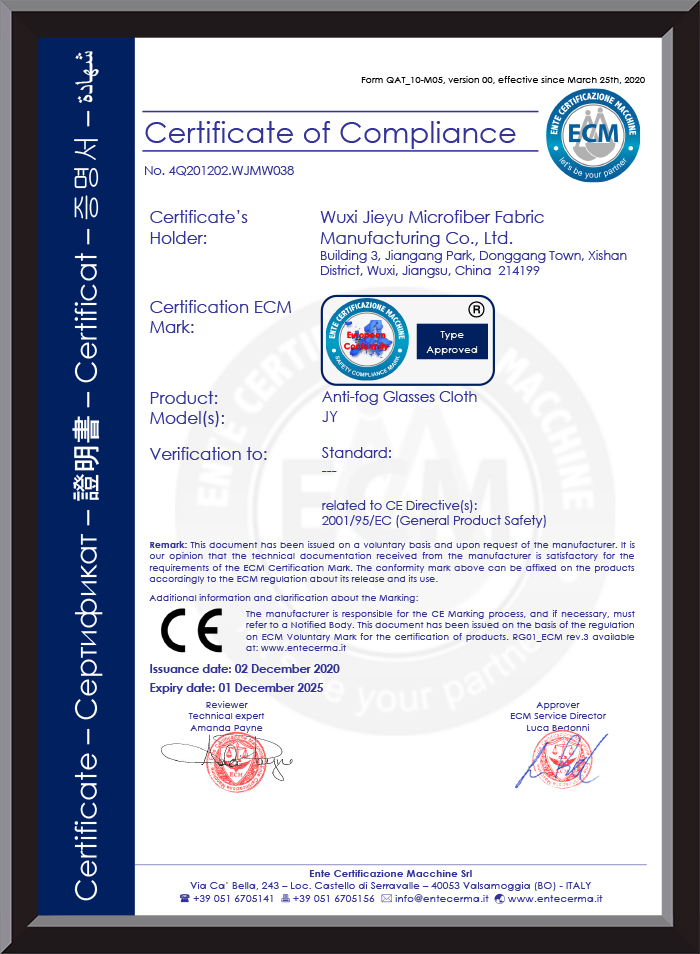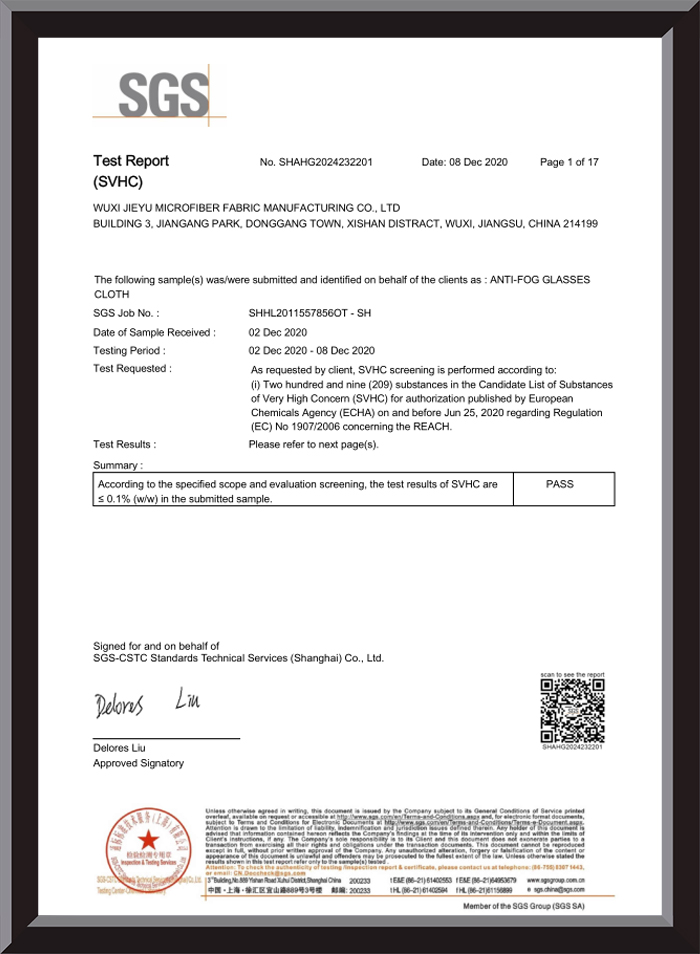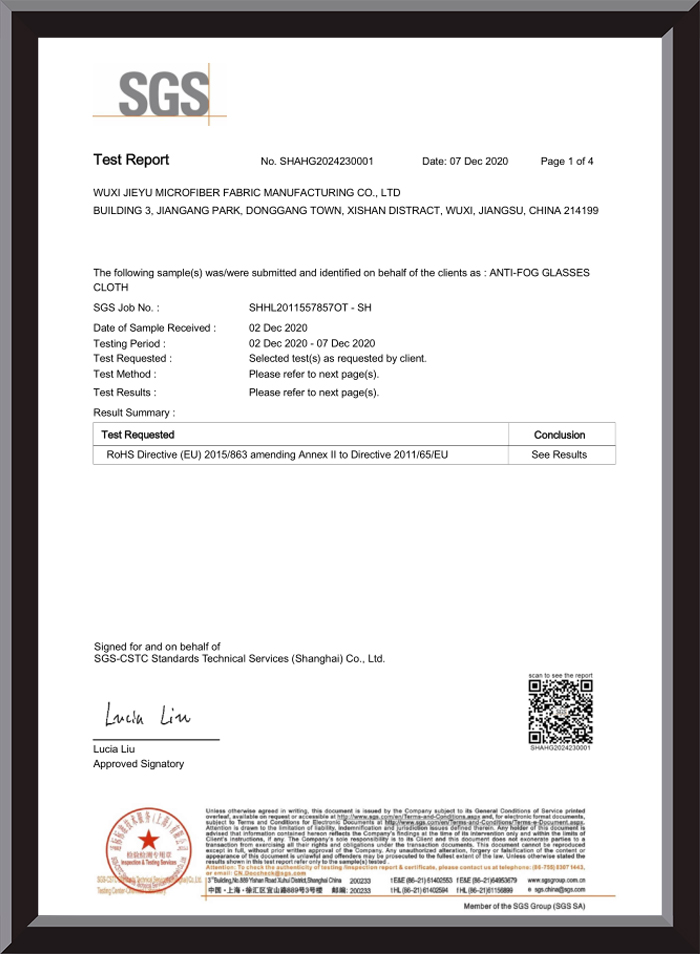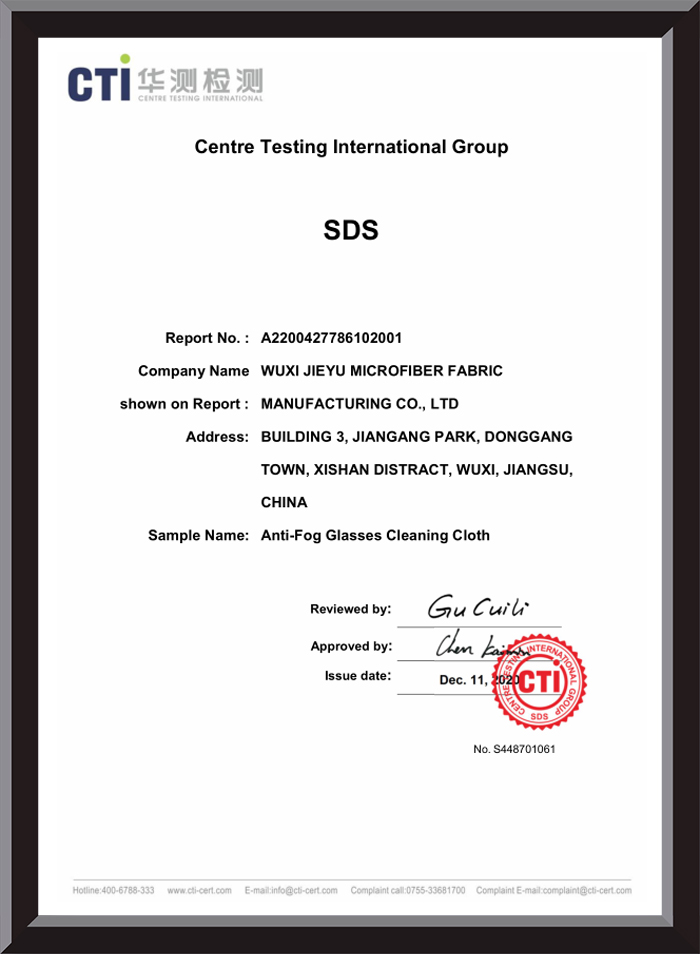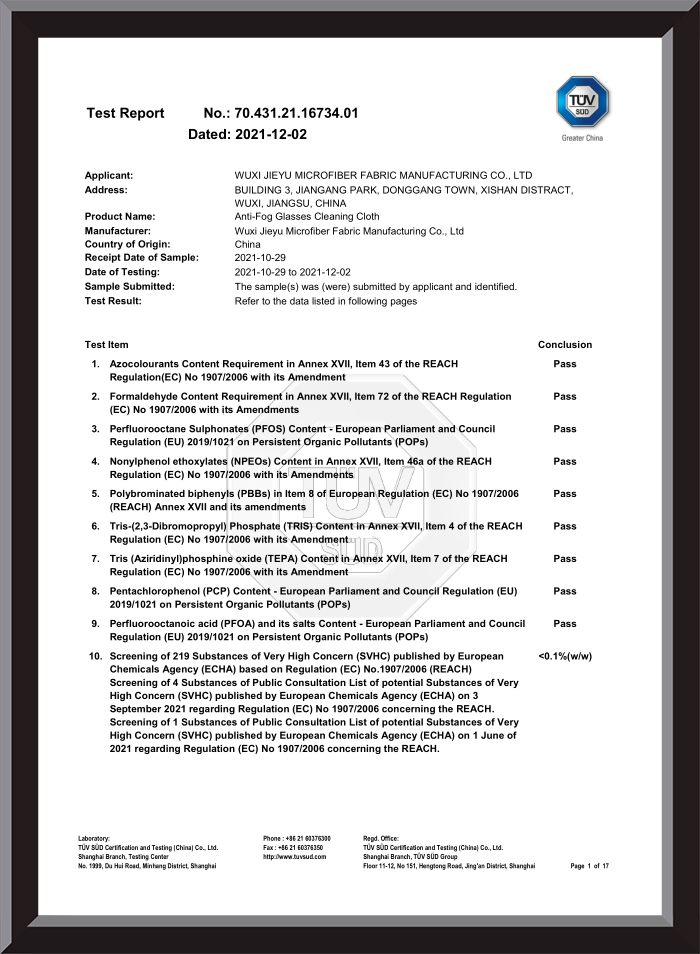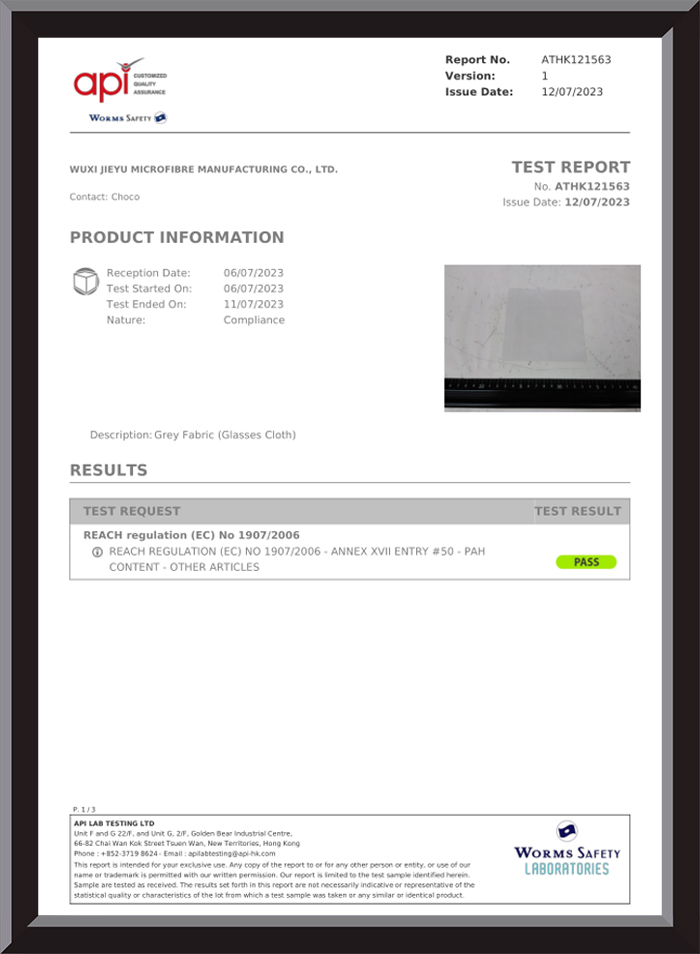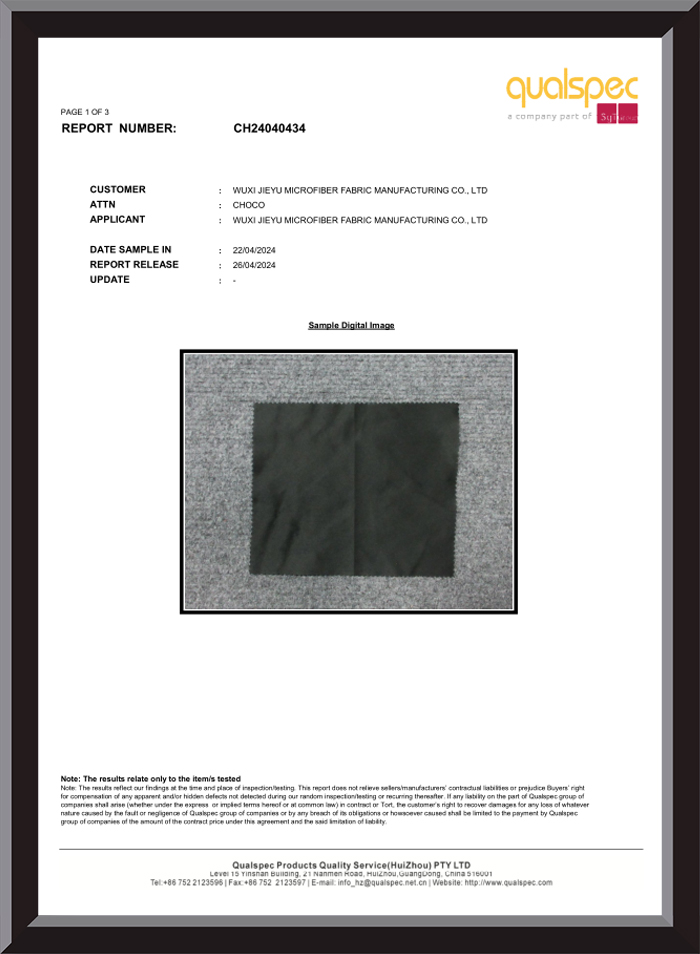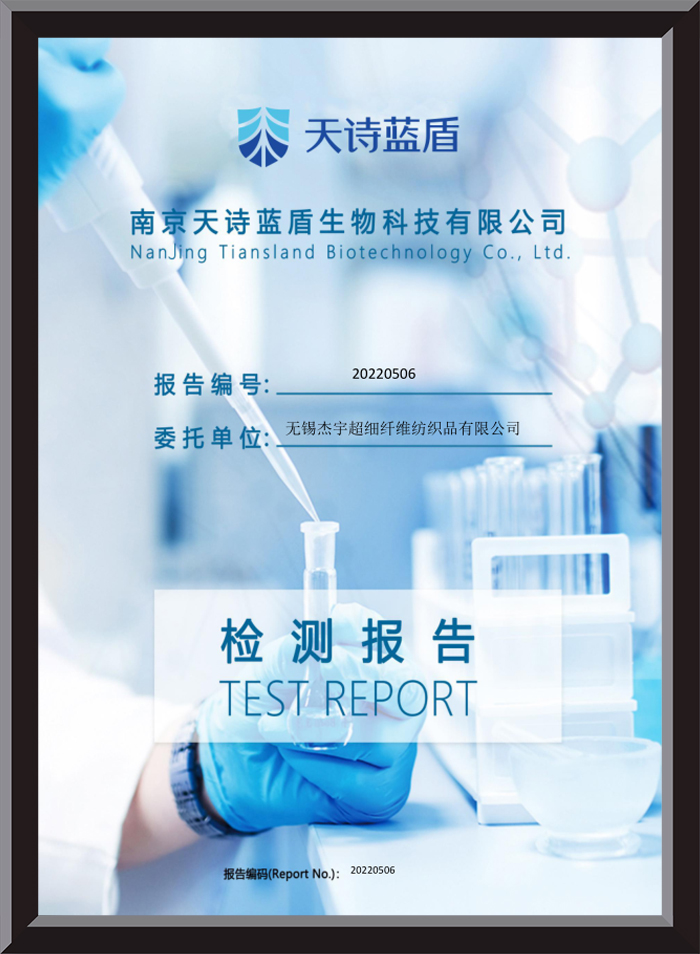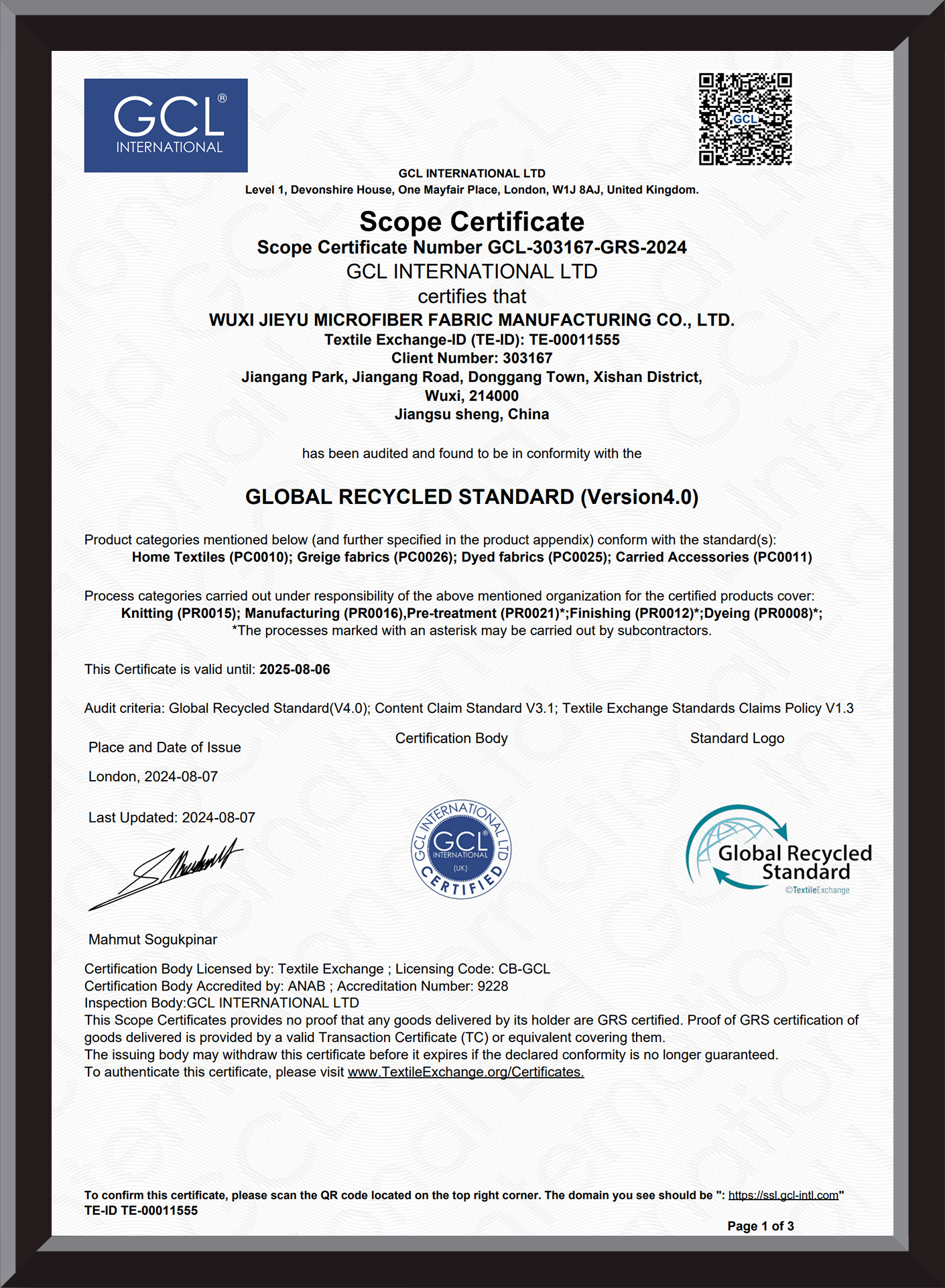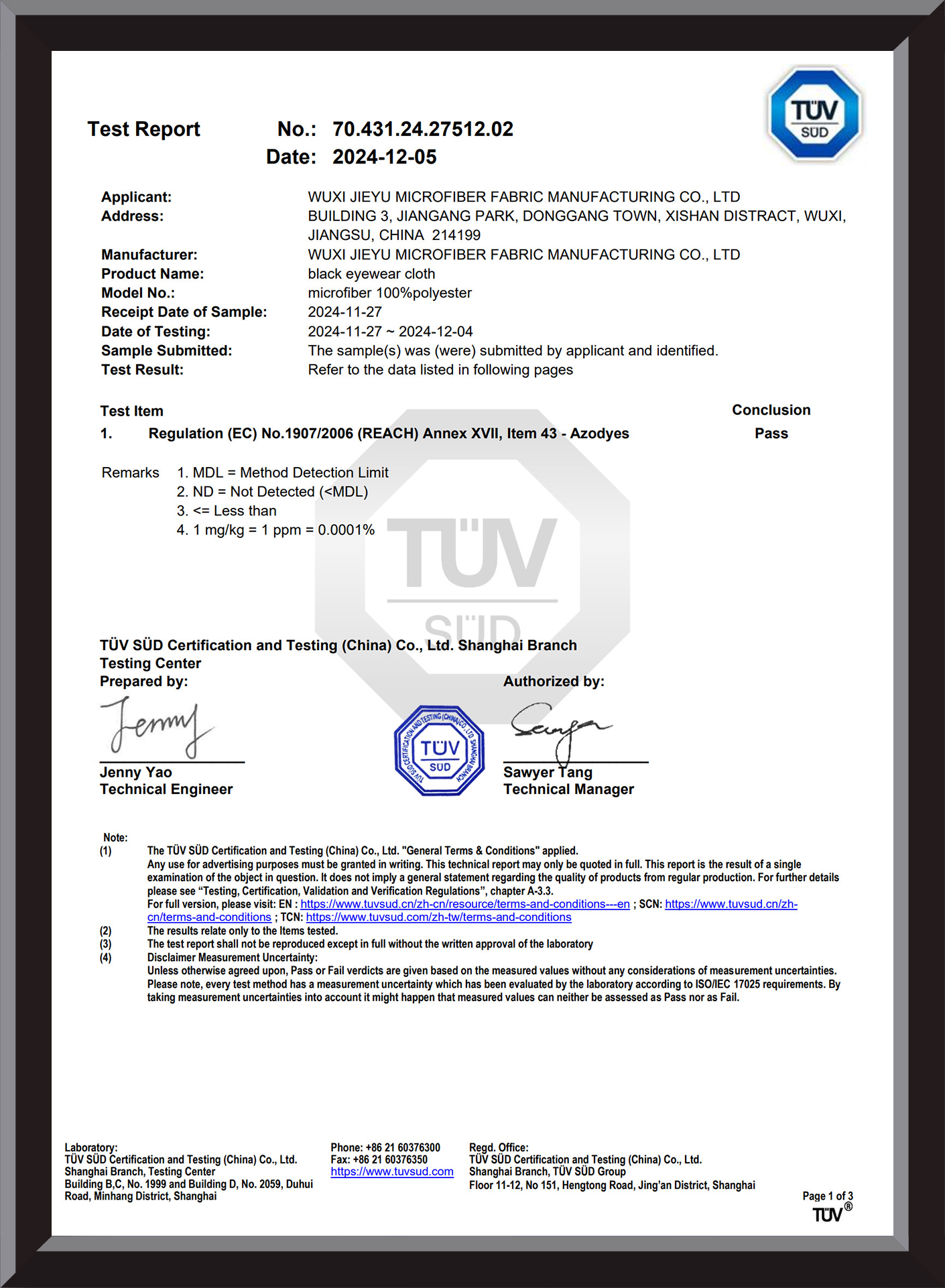Key functional features consumers look for in glasses bags
Consumers look for various functional features in glasses bags that enhance protection, convenience, and usability. Here are some key functional features they commonly seek:
Protective Cushioning:Impact Resistance: Consumers expect glasses bags to provide protection against accidental drops, bumps, and pressure. Soft padding or hard cases with cushioned interiors are ideal for safeguarding fragile lenses and frames.Scratch Prevention: The interior lining of the bag should be made from soft, non-abrasive materials (like microfiber) to prevent scratches on the lenses.
Secure Closure Mechanisms:Zippers, Velcro, or Magnetic Flaps: A reliable closure system helps keep the glasses secure inside the bag. Zippers offer full closure, while magnetic snaps or Velcro can provide quicker access.Drawstring: For a more flexible and casual option, drawstrings offer easy closure but may not provide as tight of a seal as other mechanisms.
Portability:Lightweight Design: Consumers prefer bags that are lightweight and easy to carry, making them ideal for everyday use.
Compact Size: Glasses bags that can fit easily into pockets, handbags, or backpacks are highly desirable for their portability.Carabiners or Belt Loops: Some consumers look for additional features like carabiners or loops that allow the bag to be attached to belts, bags, or keychains for hands-free convenience.
Size and Shape Compatibility:Universal Fit: The bag should be spacious enough to accommodate a variety of eyewear sizes, including both regular prescription glasses and larger sunglasses.Adjustable or Flexible Design: Bags with flexible materials or slightly adjustable compartments can better fit different frame shapes and sizes.
Durability:Long-lasting Materials: Durable materials like leather, neoprene, or thick polyester are commonly sought after to ensure the bag withstands everyday wear and tear.Water-Resistant or Waterproof: Consumers often look for glasses bags made of water-resistant materials to protect their eyewear from accidental spills or light rain.
Cleaning Functionality:Built-in Cleaning Cloths: Some bags come with an attached or included microfiber cleaning cloth, allowing users to clean their lenses on the go without carrying a separate cloth.Easy Maintenance: Materials that are easy to clean and maintain, such as wipeable fabrics or machine-washable options, are appreciated for their convenience.
Additional Storage:Extra Pockets or Compartments: Consumers may look for bags that offer additional compartments to store small accessories like lens wipes, contact lenses, or earphone cords.Multi-Purpose Use: Bags that can store not just glasses but also small personal items, such as keys or cards, add to their practicality and appeal.
Aesthetic Appeal:Stylish Design: While functionality is critical, consumers also appreciate glasses bags that have an attractive design, color options, or premium materials to complement their personal style.Branding and Personalization: Customization options, such as embossed logos or monograms, can add a personal touch, especially for promotional purposes.
Ease of Access:Quick Access Features: Features like wide openings or easy-glide zippers ensure users can quickly access their glasses without hassle.One-Handed Operation: Some closure designs allow for easy, one-handed operation, which adds to the convenience, especially when multitasking.
Protection from Environmental Elements:Dustproof: Consumers expect glasses bags to shield their eyewear from dust and dirt when not in use.UV Protection: For added functionality, some consumers may seek bags that offer UV-resistant materials to prevent heat and sun damage to both the case and eyewear.
By focusing on these key functional features, manufacturers and designers can create glasses bags that meet the practical needs of consumers while enhancing the overall user experience.
Brand incorporates sustainability into the production of glasses bags
Incorporating sustainability into the production of glasses bags can enhance a brand’s eco-friendly image, appeal to environmentally conscious consumers, and contribute to reducing the environmental impact of manufacturing processes. Here are key strategies a brand can adopt to integrate sustainability into eyewear bag production:
Use of Sustainable Materials:Recycled Fabrics: Utilizing materials like recycled polyester, nylon, or even reclaimed ocean plastics can reduce the demand for virgin materials. These materials offer durability while repurposing waste.Organic Fabrics: Opt for biodegradable, organic fabrics such as organic cotton or hemp, which are grown without harmful pesticides and have a lower environmental impact.
Natural Materials: Incorporating natural fibers like cork, jute, or bamboo can create eco-friendly glasses bags that are both stylish and sustainable.Vegan Leather: Alternatives to animal-derived leather, such as plant-based or synthetic vegan leather, provide a cruelty-free option while still maintaining a premium look and feel.
Eco-Friendly Manufacturing Processes:Low-Impact Dyes: Use natural or non-toxic dyes that do not release harmful chemicals into the environment during the dyeing process.Energy Efficiency: Implement energy-saving technologies in production, such as solar-powered factories or energy-efficient machinery, to minimize the carbon footprint.
Water Conservation: Adopt water-saving techniques during manufacturing, especially in processes like dyeing and finishing, to reduce water usage and prevent water pollution.Waste Reduction: Implement waste management strategies to minimize material wastage during the cutting and sewing processes. This can include recycling scraps or using zero-waste patterns.
Sustainable Packaging:Minimalist Packaging: Reduce the use of unnecessary packaging materials, opting for minimalist, functional packaging that protects the product without generating excess waste.
Recycled or Biodegradable Packaging: Use recycled cardboard, paper, or biodegradable plastics for packaging, ensuring it can either be recycled or naturally decomposed after use.Reusable Packaging: Consider packaging designs that can be reused by consumers, such as drawstring fabric bags that double as storage or travel pouches for glasses.
Circular Economy Initiatives:Take-Back Programs: Offer take-back or recycling programs that encourage consumers to return old glasses bags for proper recycling or repurposing, reducing waste and promoting a circular economy.Upcycling: Introduce initiatives to upcycle old or unsold bags into new products, preventing them from going to waste and adding value to materials that would otherwise be discarded.
Long-Lasting Durability:Durable Designs: Design glasses bags with long-lasting materials and quality craftsmanship, reducing the need for frequent replacements. This reduces consumption and waste over time.Timeless Aesthetic: Create timeless, versatile designs that stay relevant, encouraging consumers to use the product for longer instead of discarding it due to changing trends.
Carbon Offsetting:Carbon Neutral Production: For any unavoidable emissions, invest in carbon offsetting programs such as reforestation projects or renewable energy initiatives to neutralize the carbon footprint of production.Eco-Friendly Shipping: Opt for carbon-neutral shipping services or work with logistics partners that use electric vehicles or other sustainable transportation methods.
Certifications and Eco-Labels:Sustainability Certifications: Obtain certifications from recognized organizations (e.g., Global Recycled Standard, OEKO-TEX, or Fair Trade) to validate the sustainability claims and reassure eco-conscious consumers.Eco-Labels: Use widely recognized eco-labels on products to clearly communicate the brand’s commitment to sustainability and help consumers make informed choices.
By adopting these sustainable production methods, a brand can reduce its environmental impact, appeal to eco-conscious consumers, and differentiate itself in the market as a responsible and forward-thinking company. Sustainability can also add value to the product, creating a deeper connection with customers who are increasingly concerned with the ethical and environmental impact of their purchases.
 English
English 日本語
日本語

